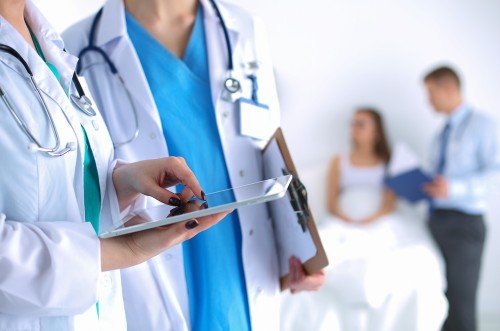
Medical translation is the process of converting medical documents from one language to another. This type of translation requires a high level of expertise and precision, as errors in translation can lead to serious consequences for patients and healthcare providers alike. In this blog post, we will discuss the importance of medical translation, the challenges it presents, and best practices for ensuring accuracy and quality in medical translation.
Importance of Medical Translation
Medical translation is important for a number of reasons. First and foremost, it allows healthcare providers to communicate with patients who speak different languages. In a multicultural and multilingual world, this is essential for ensuring that patients receive the care they need regardless of their language or cultural background.
Medical translation also allows medical researchers to share their findings with colleagues and stakeholders around the world. This is important for advancing medical knowledge and improving patient outcomes, as researchers can collaborate on studies and share information about new treatments and therapies.
In addition, medical translation is critical for ensuring that medical devices, drugs, and other products are safe and effective for use by people around the world. Inaccurate translations can lead to confusion and potentially dangerous situations for patients, which is why it is important to ensure that all medical materials are translated accurately and effectively.
Challenges of Medical Translation
Medical translation presents a number of unique challenges that make it more difficult than other types of translation. Some of these challenges include:
-
Technical terminology: Medical translation requires a deep understanding of technical terminology related to medicine, anatomy, physiology, and other related fields. Translators must be familiar with the terminology used in the source language and be able to accurately convey its meaning in the target language.
-
Regulatory requirements: Medical translation is subject to a number of regulatory requirements, particularly when it comes to the translation of medical devices and drugs. Translators must be familiar with these requirements and ensure that their translations meet all necessary standards.
-
Cultural differences: Medical translation also involves navigating cultural differences and nuances, particularly when it comes to issues related to health and wellness. Translators must be sensitive to these differences and ensure that their translations take them into account.
Best Practices for Medical Translation
To ensure accuracy and quality in medical translation, it is important to follow best practices. Some of these best practices include:
-
Working with specialized translators: Medical translation requires specialized knowledge and expertise. It is important to work with translators who have a deep understanding of medical terminology and are familiar with the relevant regulatory requirements.
-
Using translation memory tools: Translation memory tools can help ensure consistency and accuracy in translations. These tools allow translators to reuse previously translated material, reducing the risk of errors and inconsistencies.
-
Conducting thorough quality control: It is important to conduct thorough quality control checks on all medical translations to ensure accuracy and consistency. This can include proofreading, editing, and reviewing translations by multiple translators.
-
Staying up-to-date on regulatory requirements: Medical translation is subject to a number of regulatory requirements, particularly when it comes to the translation of medical devices and drugs. It is important to stay up-to-date on these requirements and ensure that all translations meet necessary standards.
Conclusion
Medical translation is a critical component of healthcare and medical research. It allows healthcare providers to communicate with patients who speak different languages, medical researchers to share their findings with colleagues around the world, and medical devices and drugs to be safe and effective for use by people around the world. However, medical translation presents unique challenges that require specialized knowledge and expertise. By following best practices for medical translation, healthcare providers, researchers, and translators can ensure accuracy and quality in all medical translations.








